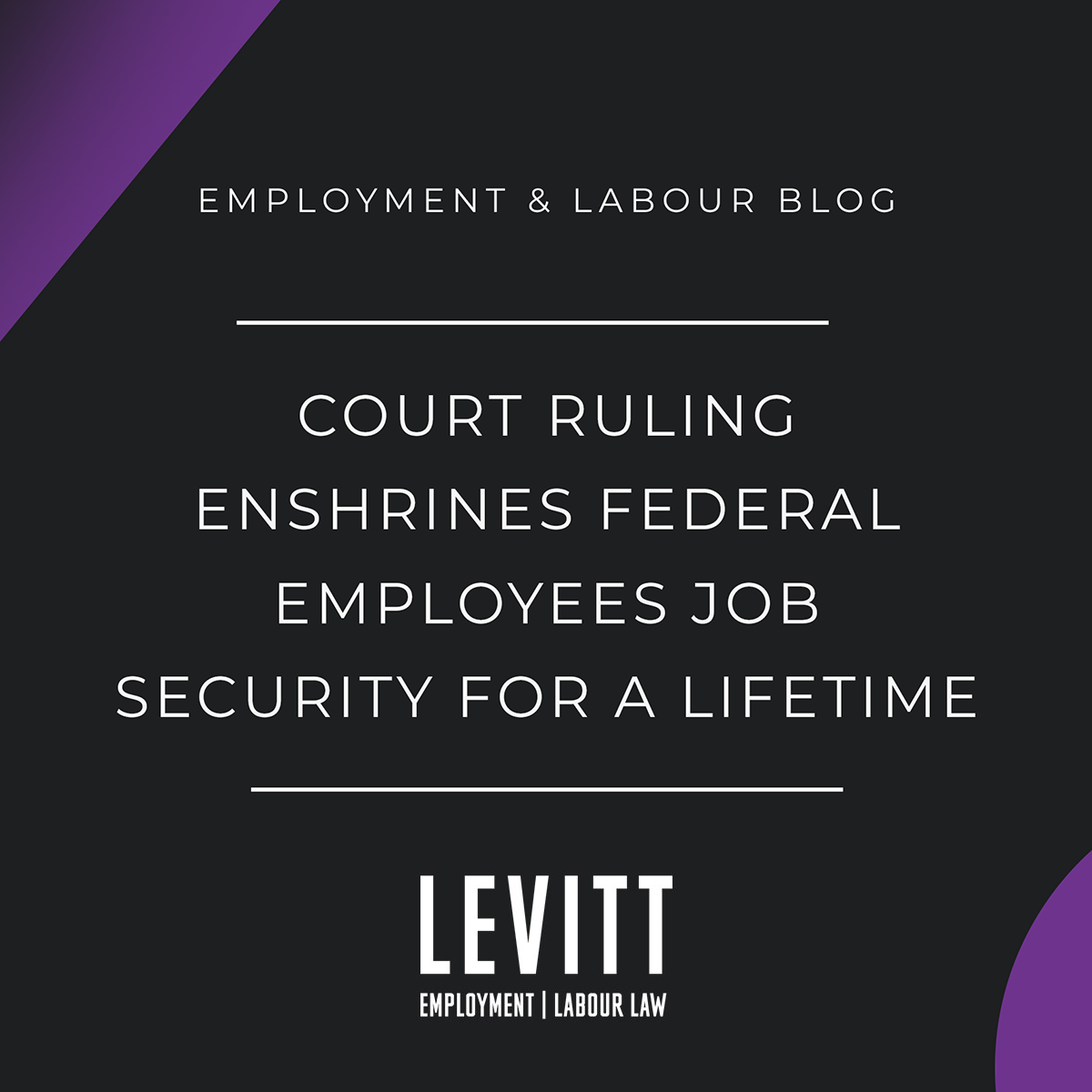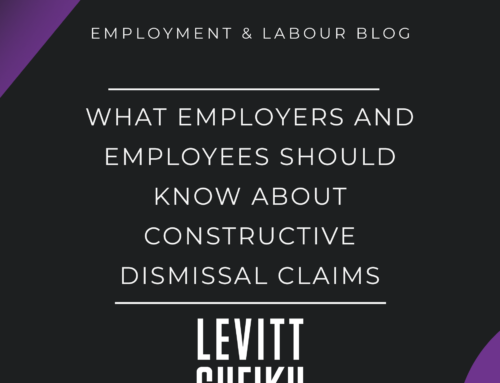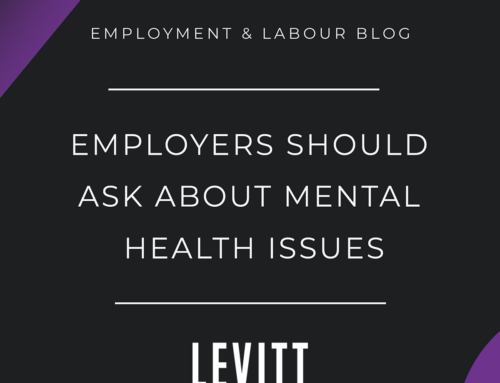Is Canada becoming France? That may not be as much an exaggeration as you think based on a recent Supreme Court of Canada decision effectively enshrining federal employees job security for life.
The first principle law students learn in Contracts 101 is that under Canada’s common law system no employment relationship is for life. With sufficient notice, an employer can terminate a non-union employee without repercussions, if reasonable compensation is paid.
In a far-reaching decision, the Supreme Court of Canada upended that principle. Employees of federally regulated industries, such as banks and airlines, are now assured of a job for life unless there is just cause for termination or their position becomes redundant.
What does this mean to federally regulated employers and the labour market? Click here to find out.
The case that established this principle was rather unremarkable. Joseph Wilson worked as an administrator for Atomic Energy of Canada Ltd. for four and a half years, with an unblemished record. Nonetheless, his employment was terminated and he was given a generous severance package.
However, AECL is a federally regulated industry and Wilson chose to exercise his right to file an unjust dismissal complaint under the Canada Labour Code, which allows an adjudicator to determine whether or not the dismissal was just. If it is deemed unjust, the adjudicator has the power to reinstate the employee with back pay, legal costs and potentially other damages. (Even judges in civil actions for wrongful dismissal matters lack this authority.)
Invoking the basic principle of employment law, AECL argued the case should not be heard by an adjudicator because Wilson had received a reasonable severance package. Adjudicator Stanley Schiff disagreed, saying he could inquire about whether the severance offer was reasonable as well as whether the dismissal was fair and just and, if not, what remedies should flow from that beyond notice or severance.
The effect of the ruling would be to force AECL into a hearing about its decision to terminate — an outcome unheard of in wrongful dismissal actions where, in the absence of cause, the only issue is the amount the employee is owed. AECL challenged the decision. Both the Federal Court of Canada and the Federal Court of Appeal sided with the employer.
Wilson then appealed to the Supreme Court of Canada, which determined that under the Canada Labour Code, an adjudicator has a right to review every dismissal. Even if it is without cause and reasonable severance was paid, an adjudicator reserves the right to reinstate an employee or create another, potentially imaginative, remedy if the adjudicator deemed the dismissal unjust. The court referred the case back to the adjudicator.
The effect of this judgment is that federal employees have lifetime job security unless the employer can prove cause or legitimate cost-cutting measures and severely hampers its ability to manage its workforce. If an employer does not have evidence of wrongful behaviour beyond poor performance or misconduct short of legal cause, it is stuck with the employee.
More frightening, Ontario is also looking at promulgating analogous legislation.
The AECL decision could have a chilling effect on attracting investment to Canada. And it will cause employers to think twice about hiring for fear of being saddled for life with underperforming or difficult employees.
Since the issuance of this decision, I’ve fielded inquiries from some of the largest employers in Canada. The advice I give is the following:
Poisoned well: Adjudicators are loath to reinsert a difficult employee back into the workplace. If that is the reason for dismissal, make it clear, even if it is not cause. I have handled more than 100 cases of unjust dismissal for federal employers without any resulting in reinstatement. Although the language of the legislation remains unchanged, the court’s language will make maintaining that record difficult.
One year review: The unjust dismissal remedy can only be invoked once an employee has completed 12 months of employment. Use this time to weed out employees who are underperforming or have poor interpersonal relationships. Have an “unofficial” probationary review a week or a month before the year ends.
Economic realignment: Where financial or business difficulties force an employer to reduce headcount, the company has the latitude to select who to let go on the basis of performance. However, employers must be prepared to prove it because adjudicators are suspect of layoffs based on seniority.
Don’t sugar coat performance reviews: Too often, I see companies cause self-inflicted damage by avoiding confronting an employee about his or her failings. This invariably comes back to haunt employers.
Build a case for cause: This ruling forces employers to take the necessary steps to build a case for cause. Adjudicators will uphold terminations in cases that are appropriately documented.






